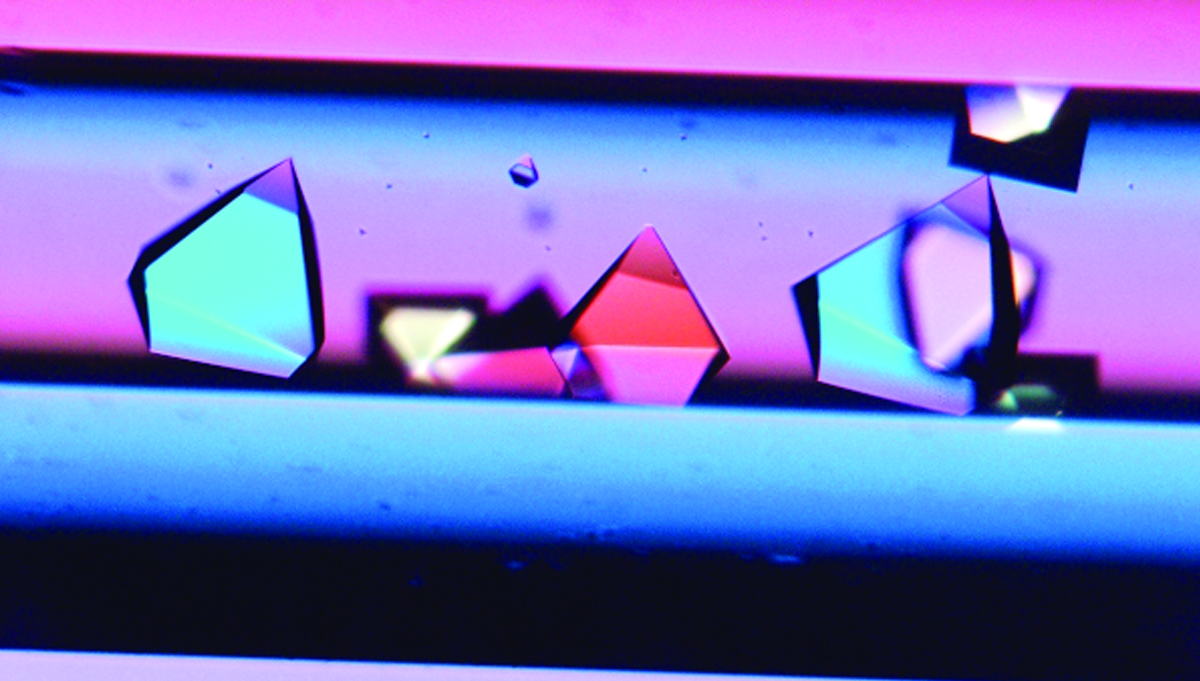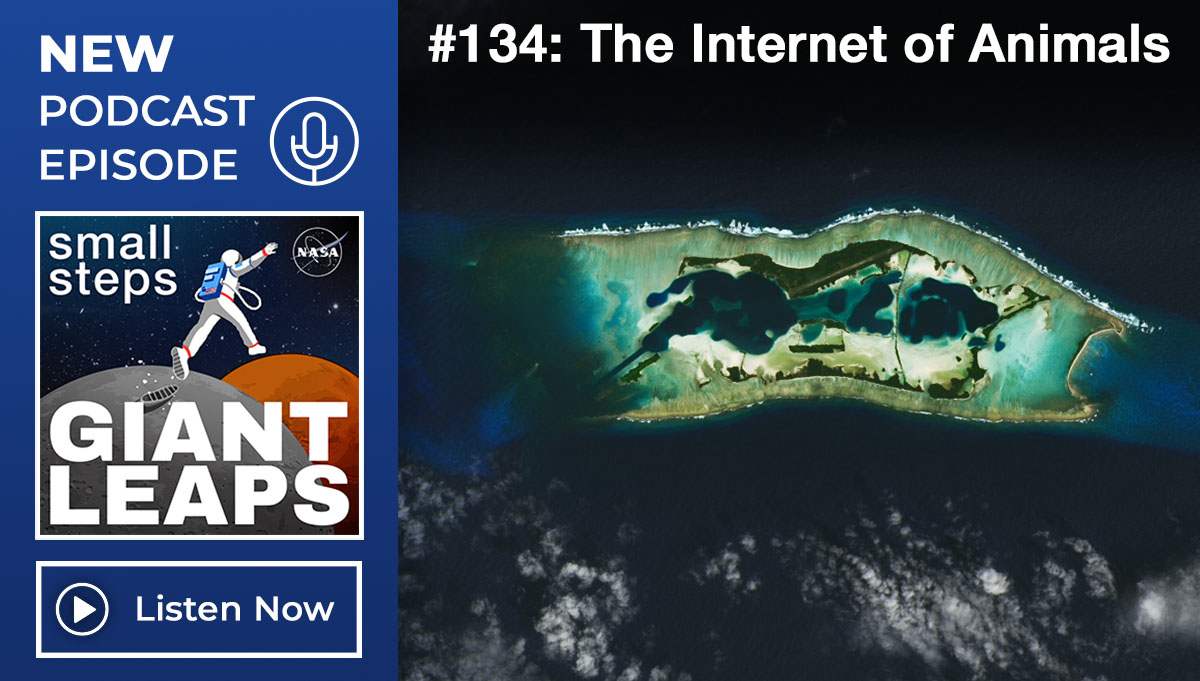By Marty Davis
Background
Successful commercial contractors (e.g., Boeing, Lockheed Martin, Space Systems/Loral) build lots of very good commercial communication systems satellites, and that happens to be the class of satellite we’re using in the Geostationary Operational Environmental Satellite (GOES) Program. These contractors typically warranty their satellites to customers for 10, 12, 15 years. With that kind of reliability, you’ve got to figure they must be doing something right.
Commercial contractors don’t do everything according to the NASA way, but I felt if we could accept some of their commercial ways — and at first I didn’t know exactly what that meant — I thought we could probably save money, and that was something I could sell to NASA management.
I asked two of our regular contractors to tell us what doing business in the commercial world is like. They talked about fixed-price contracts, and how this was the way to go to hold down your overall costs. But with a fixed-price contract, I asked, how do you get what you want (or need) without modifying the contract? Because inevitably you will find something you want that is not in the contract. This is not something intentionally left out or something you knew you would want at a later time. With today’s technology, where there is a great deal of uncertainty, things change all the time during a project. Priorities shift, new needs arise. Also, as you learn more about commercial practices you may want some things changed. That’s when they told me about horse trading.
In a horse trade, one party says to the other, “You give us this and we’ll give you that.” I have to emphasize that this sort of thing only works if mutual trust has already been established between the two parties. Both parties keep a folder of things they want. When the folder begins to feel full, one approaches the other to see if it’s ready to trade. If they had to do a formal proposal for each one of these trades, it would tie up a lot of people with writing, negotiating, etc. This all takes time, which very often we don’t have. Moreover, additional time may amount to significant indirect costs. You use the horse trading so as not to undercut the financial rewards of the fixed-price contract.
Procedure
- Everyone on the project is conscious that this is a tool to get the job done, so everyone is keeping an eye out for high-priority changes.
- The Project Manager oversees a folder of all desired changes. He approaches the contractor with what he wants and prepares a configuration change request (CCR) as the mechanism for defining the change.
- Usually they discuss the changes first. Many key people are often out at the contractor’s site to do this too. Key people are the Observatory Manager (COTR), Contracting Officer, Financial Analyst, and Systems Manager. They might set aside an hour or two there, or it is something that can be done over the phone.
- Once the negotiating team puts together the package, they take it to the Configuration Control Board. Any changes to the contract require signature by NASA and by the contractor. The contractor has a Configuration Control Board, and the trade has to pass its board, too.
- A formal agreement is drawn up that defines the changes in detail. The contracting officer identifies it as a done deal. The changes are then incorporated into the contract.
Example
We need a new Interface Control Document (ICD) for the ground support equipment from our instruments. The original contract does not stipulate that such a document will be provided, but we learned that it’s necessary. There are 6 or 8 things we’re getting as part of the horse trade, and the ICD is just one. Some trades have 6 things bundled, some 12 to 15. Boeing, our contractor on GOES-N, gets an equivalent value bundle. In this case, one involves a proto-flight solar array panel that has to be fully qualified under qualification temperature. We agree to allow a test panel to be qualified. We feel it will still give us a good measure of the qualification of the technique and the materials they’re using. This will reduce the time and effort involved for Boeing, which saves them money.
Search by lesson to find more on:
- Requirements








